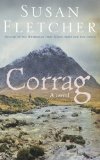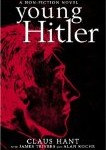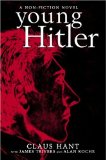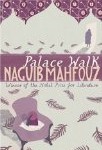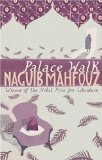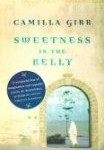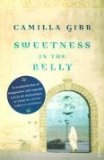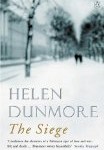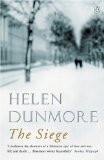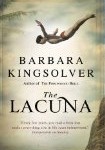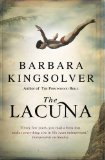I received a copy of Corrag from the publishers a long time ago, but I wasn’t convinced I’d enjoy it. Words on the back cover like “haunting”, “lyrical” and “dreamlike” put me off, but continual raving from The Book Whisperer persuaded me to give it a try. Unfortunately my instincts were correct and this book wasn’t for me.
Corrag is set in Scotland in 1692. The book is narrated by Corrag, a 16-year-old girl who is imprisoned on suspicion of being a witch. Accused of involvement with the Glencoe Massacre, an event in which 38 members of the MacDonald clan were killed by soldiers, she is awaits her execution.
My main problem with this book was that nothing happened. Corrag is stuck in a prison cell telling her story to an Irish minister, but the snippets of action were very few and far between. The majority of the book revolved around tiny details about her life in prison. It was beautifully written, but after pages of these descriptions I became bored.
It snows. From the little window, I can see it snows. It’s been months, I think, of snowing – of bluish ice, and cold. Months of clouded breath. I blow, and see my breath roll out and I think look. That is my life. I am still living.
The repetition also wore me down. I can see that this is an accurate reflection of her experience, but as a reader I’m afraid I need to be entertained a bit more.
The Glencoe Massacre is a fascinating subject and so there were enough paragraphs of interest to keep me reading, but in many ways I wish this hadn’t been the case. I found myself ploughing through these “lyrical descriptions” waiting for a shred of plot to reveal itself. I reached the end wishing that I had given up early on. The only benefit of finishing was that I got to read the afterword, which was the most interesting section of the book.
Recommended to those who do not need a plot and are capable of immersing themselves in beautiful descriptions.
I’m in the minority. Everyone else seems to love it:
It is truly one of the most beautiful and lyrical books I have ever read. The Book Whisperer
Fletcher’s use of language is also impressive. Shelf Love
….it was a visual experience, a kind of conjuring. Eve’s Alexandria

